Bosch & Cariad launch automated valet charging tests
The idea behind Automated Valet Parking is simple: instead of having to look for a free parking space in the car park, the driver gets out at the entrance and the self-driving car (in closed car parks) is guided to a parking space by the infrastructure. If the user wants to drive on, the vehicle rolls itself to the exit. Automated Valet Parking is the world’s first driverless parking service to SAE Level 4 and has been in operation for around a year in the P6 multi-storey car park at Stuttgart Airport. Bosch has also started to equip other car parks throughout Germany with the infrastructure technology.
Using this system as a basis, Automated Valet Charging guides electric vehicles without a driver to a free parking space with a charging facility and charges them automatically using charging robots. Once the charging process is complete, the vehicle is manoeuvred back to a parking space without a driver – or so the theory goes.
Bosch and Cariad are now testing the necessary technology in two of their own car parks: In Cariad’s employee car park in Ingolstadt, the two companies are testing driverless parking with Automated Valet Parking (i.e. the part of the system that is already in use at other locations), while driverless charging with Automated Valet Charging is also being tested in Bosch’s development car park in Ludwigsburg.
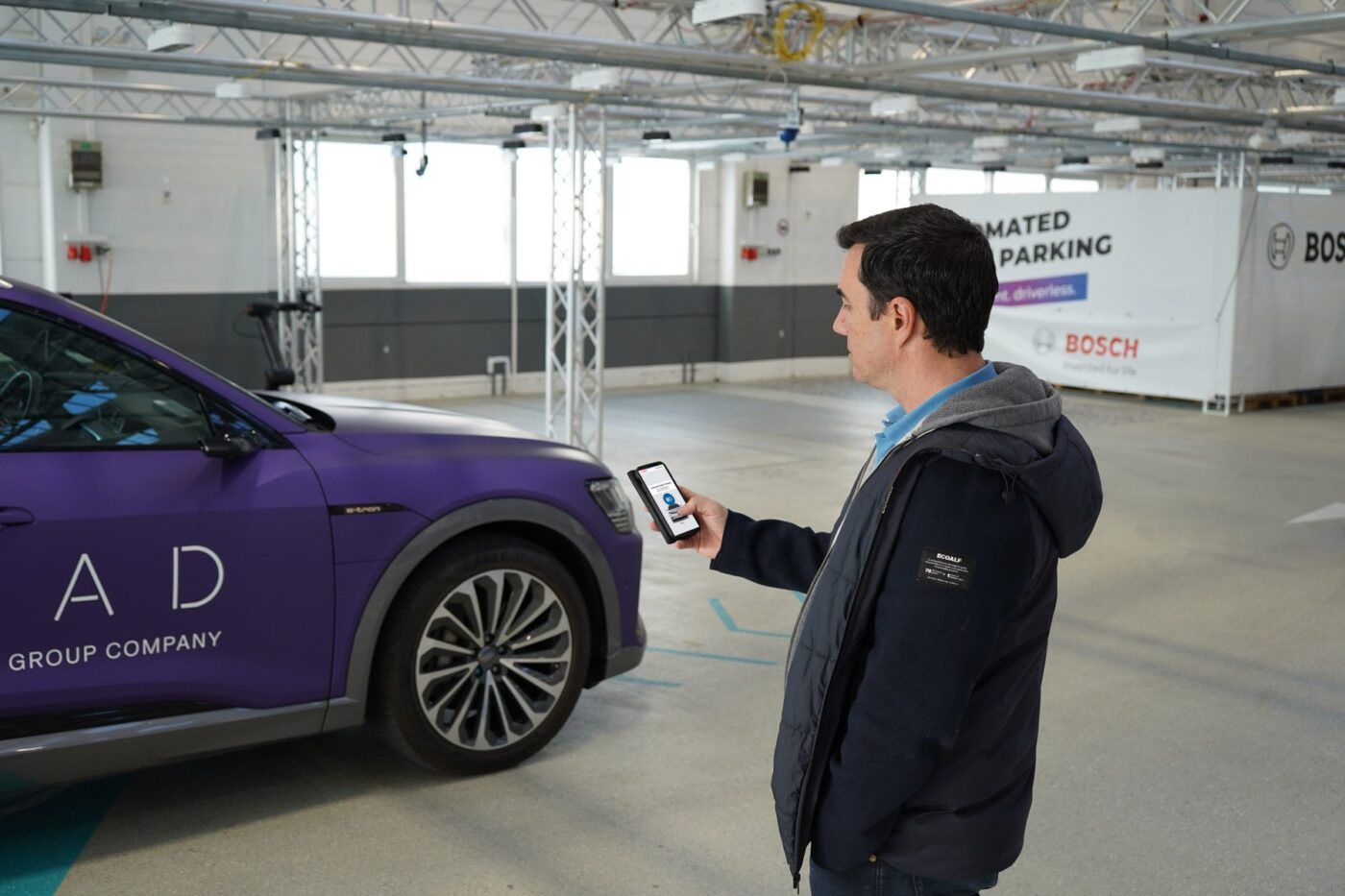
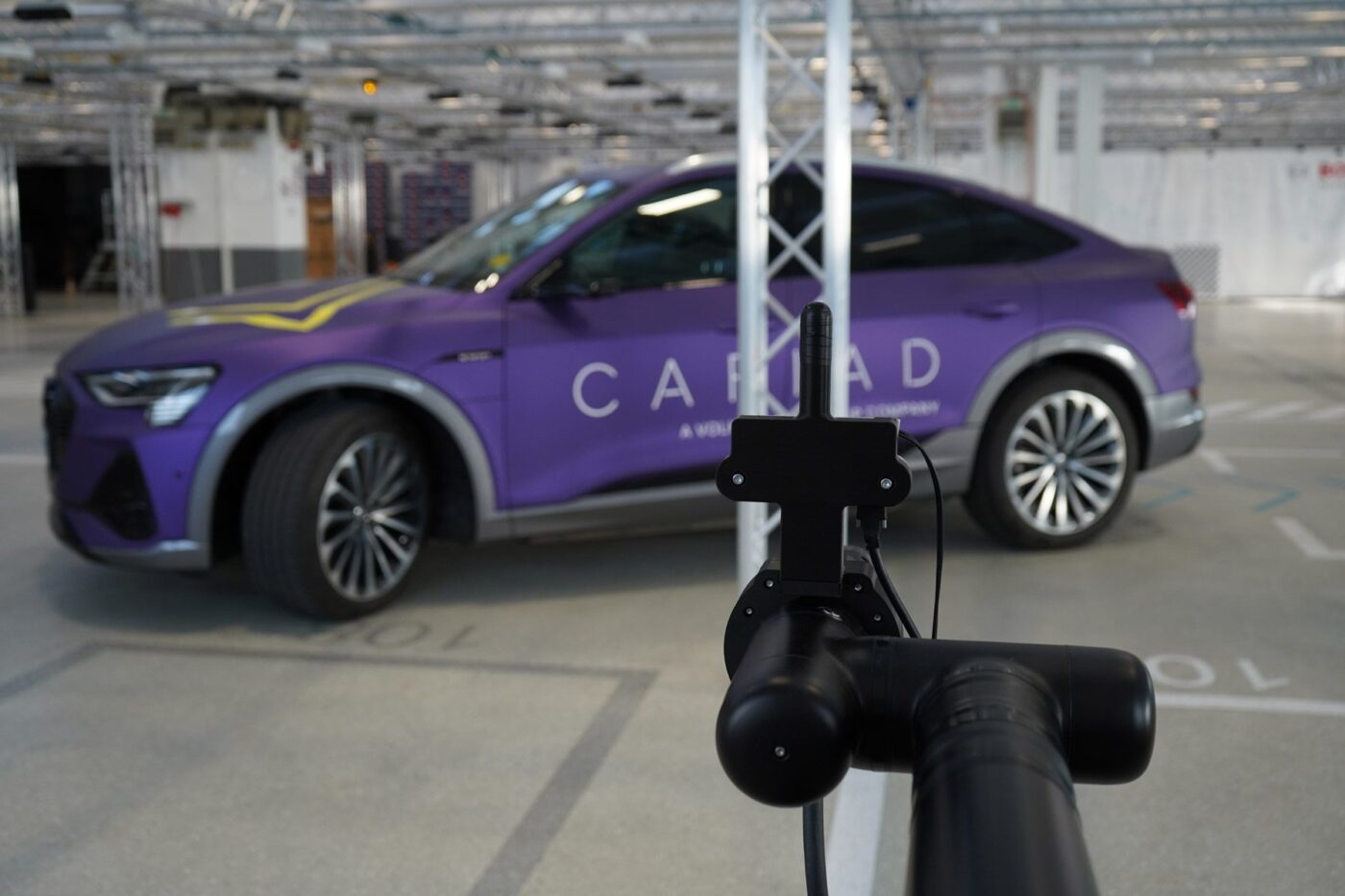
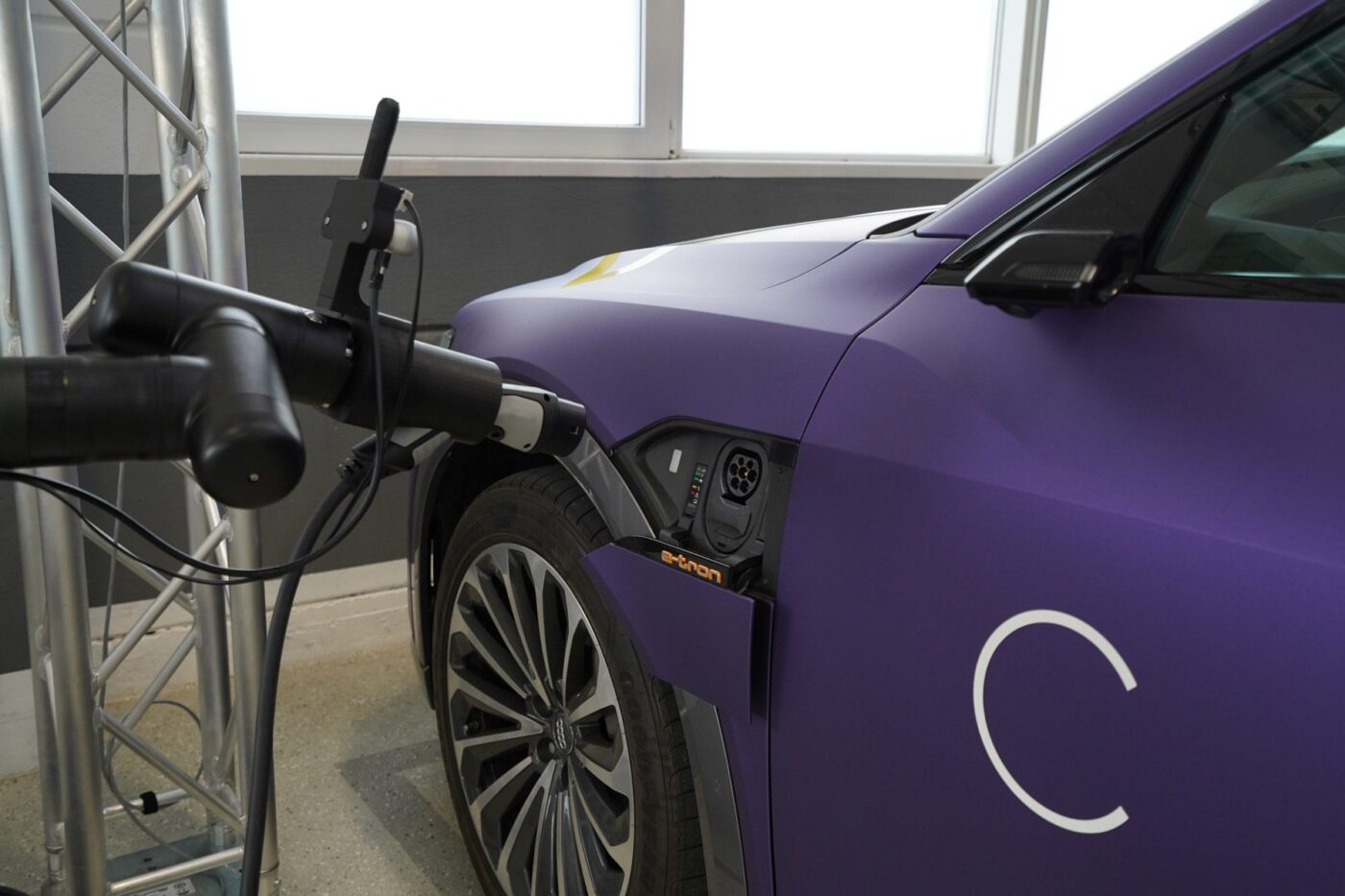
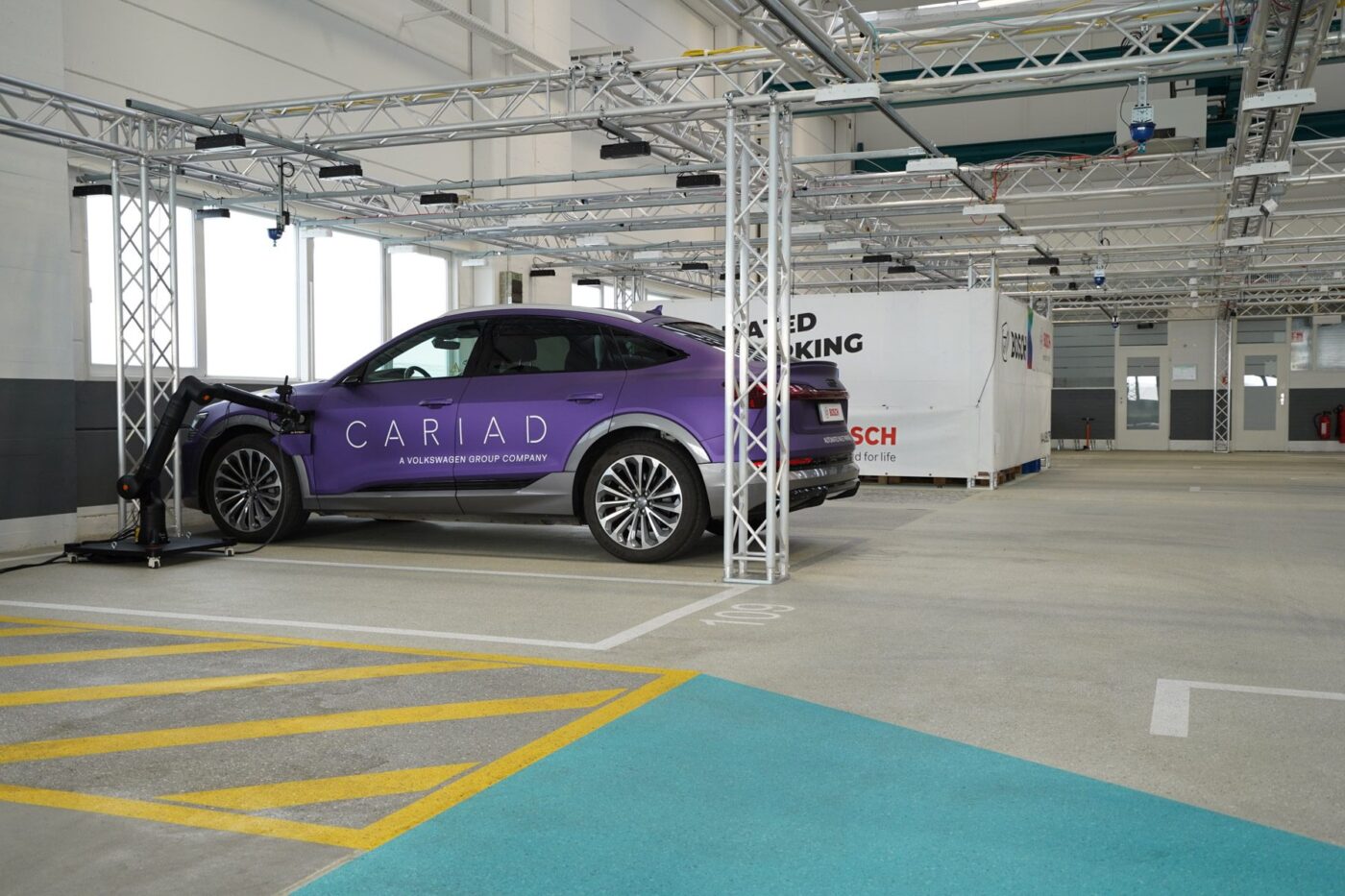
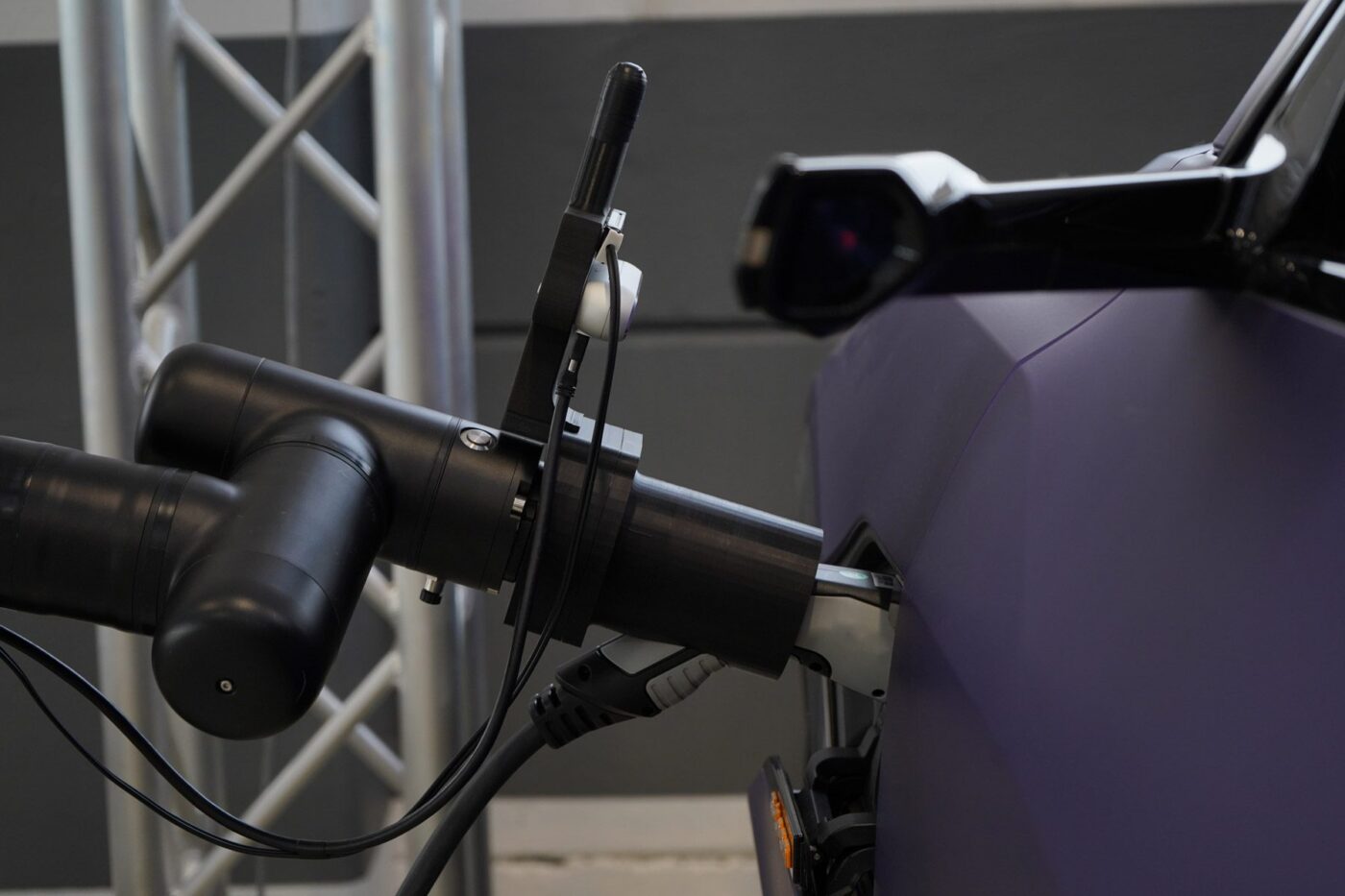
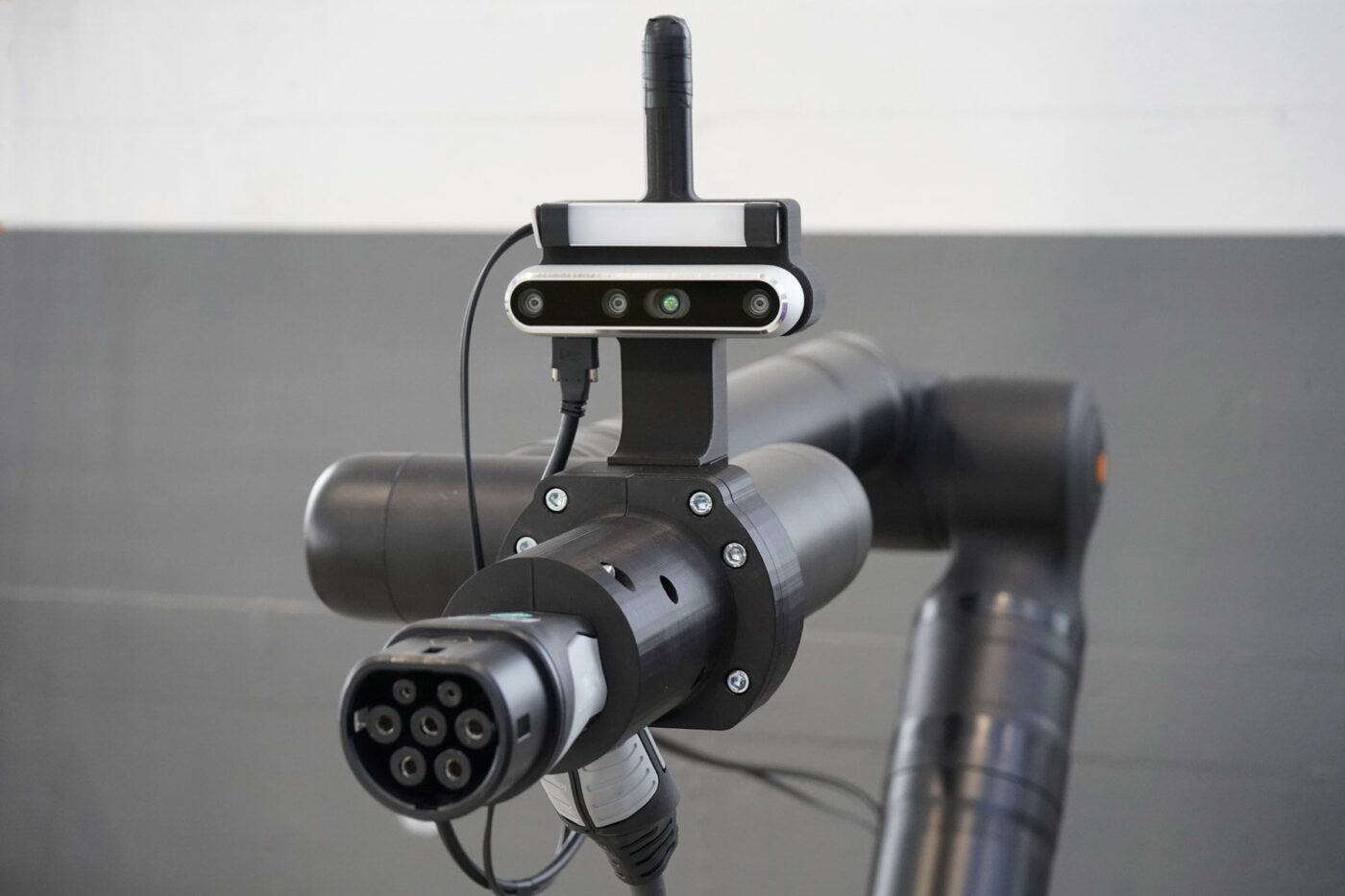
The charging system itself is (currently) an AC-only solution. Bosch has mounted a type 2 cable on a multi-axis robot arm for the charging robot and also attached the sensors there. This enables the system to align the charging plug with the charging socket of the parked vehicle. The press photos show an Audi Q8 e-tron Sportback, which has electrically opening charging flaps and can therefore open them independently. However, the charging robot should also be able to open a manual charging flap.
Once the battery is fully charged, the system can end the charging process and guide the car to an empty parking space without a charging robot. This means that the charging station is available for the next vehicle and the use of the charging station can be maximised without human intervention. The customer does not have to search for a free charging station or wait.
“Automation plays a key role in the mobility revolution and the transition to electromobility. Our two services – automated valet parking and automated valet charging – make the mobility experience much smoother for users,” says Manuel Maier, Vice President Product Area Cross Domain Parking Level 4 at Bosch. Rolf Dubitzky, Head of Parking at Cariad, adds: “We’re particularly pleased to be shaping the future of automated parking and charging together with Bosch. Our collaboration allows us to test the technologies at an early stage of vehicle development, so that the end product is reliable and offers customers the best possible user experience.”

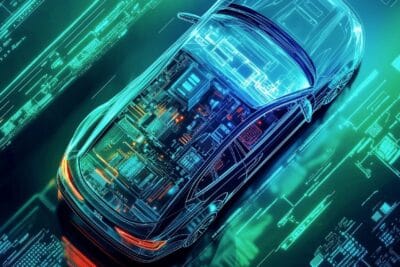
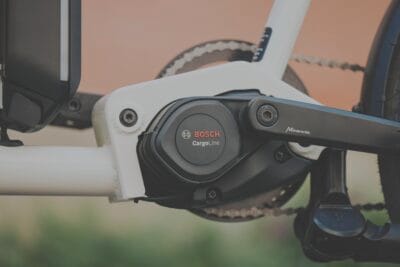
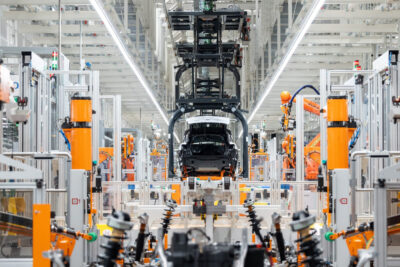
0 Comments